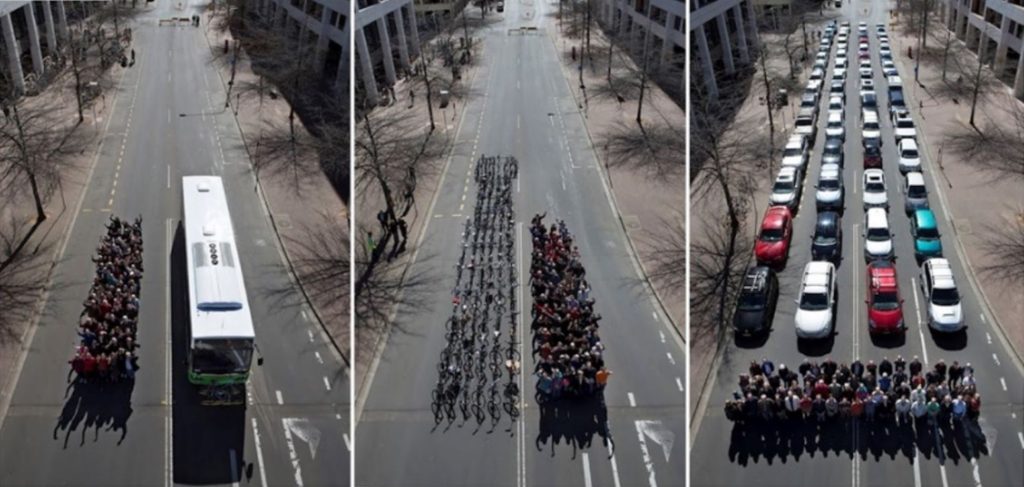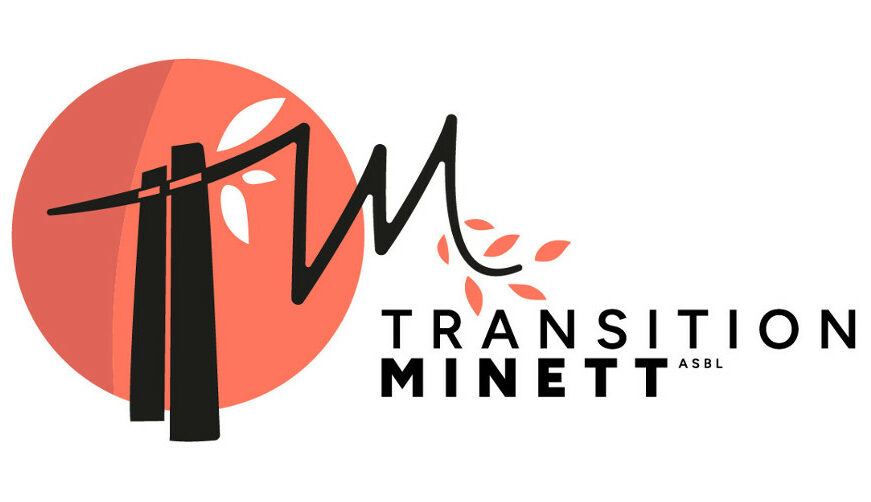
According to a research published by RTL.lu in August 2019, three-quarters of the households in Luxembourg own one (45%) or two (30%) cars. Furthermore, the statistics reveal that 8% of households own three cars and a minority (3%) owns four cars or more. In other words, this means one out of ten Luxembourgish households has three or more cars available to use (11%).
Which makes Luxembourg a real car paradise with the highest number of passenger cars per 1000 inhabitants in the EU with 670 cars, with our neighbors scoring far better with Germany having 570 cars, Belgium having 520 cars and France 480 per 1000 inhabitants. To this statistic comes that Luxembourg has the second-highest share of passenger cars younger than two years with 29.2%.
But why is that the case, why don’t we use public transportation in Luxembourg more often?
When we talk to people about public transportation in Luxembourg, they often say that the connections and times are quite bad and impossible to rely on, so they just use their cars to be more independent. For example, a trip from Mondorf to Luxembourg takes 26 minutes by car but up to two hours by train or a trip from Luxembourg city to Echternach takes 40 minutes by car while the same trip takes one and a quarter-hour by bus on weekdays. But longer commutes are not the only problem, people also often argue that buses and especially trains aren’t reliable with their timing and often arrive too late at their destination and that the number of buses per line isn’t enough. For example, living in Rameldange means that on Weekends you will only have one bus every two hours.
Well, why is it this way?
There isn’t any particular reason for this, but we can try and simplify it a bit. So, one obvious point is that our public transportation grid is quite outdated. For example, there are bus lines traveling the exact same routes as trains (290 from Luxembourg city to Mersch), all these bus lines should be revaluated and if there is no need for them then cancel them and use the extra resources to strengthen busy lines. The second big problem is that our road network is already at capacity especially the closer you get to Luxembourg city. As buses use the same roads as cars and as mentioned before we have quite a car problem buses will get stuck in the traffic and delay their arrival by default.
The positive aspect of our public transportation and road network problem is that the government acknowledges the problem and is coming up with solutions. For instance, many parking lots are being built around cities in Luxembourg, allowing workers to take the bus to their workplace instead of contributing to the big traffic problem inside the city. Also, 2.2 billion Euros have been invested in building tramlines and on strengthening the rail network to carry more people. The first tram line between Kirchberg and the central station is already constructed which will expand by 2025 to include the airport Findel and the neighborhoods of Bonevoie, Howald and Cloche d’Or. As well as a line traveling between Esch/Alzette and Luxembourg city. The goal of this is to keep cars out of the city and for the workers to use primarily public transportation from and to work. But even buses driving to cities stop on their edges and there the passengers change to lines driving through cities. To conclude, public transportation has been made free for everyone in 2019 to incentivize the citizens to use it.
All of these efforts show their first impacts on the passengers carried by rail, where the rise went from 22.5 million (2015) to 25 million (2019). The same can be observed on bus lines where inner-city travel rose from 12 million passengers (1938) to 47.7 million (2015). For the outer city travel, it went from 19.7 million (1990) to 43 million (2010). Similar numbers can be observed when talking about budget and the number of trains and buses used. For example, CFL’s budget rose from 289.3 million (1999) to 560.9 million (2019). Simultaneously, the number of trains doubled throughout these two periods.
References:
https://www.bbc.com/worklife/article/20190128-the-cost-of-luxembourgs-free-public-transport-plan

